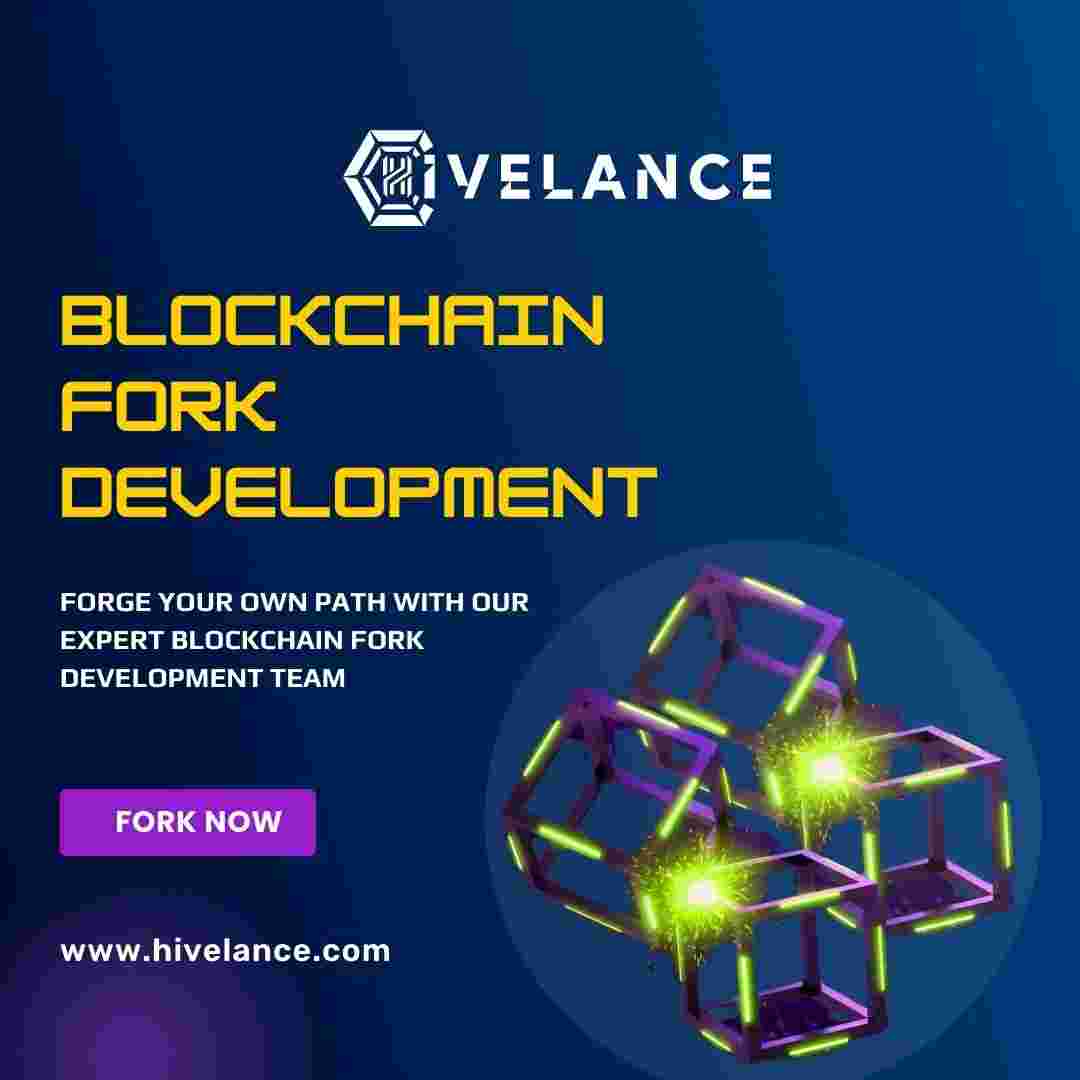Which Blockchain To Fork for Start Your Own Cryptocurrency

Blockchain technology has seen an explosion of growth in the last decade, and as the technology continues to evolve, so do the protocols and software that make up the blockchain ecosystem. One of the most significant events in the evolution of blockchain technology is the creation of new blockchains through a process known as forking. In this blog, we'll explore blockchain fork development, what it is, and why it's important.
What is Blockchain Fork Development?
Blockchain fork development is the process of creating a new blockchain by copying an existing blockchain's codebase and making changes to the protocol or software. Forking can be either hard or soft, depending on the level of changes made to the original blockchain. A hard fork creates a completely new blockchain that's incompatible with the original, while a soft fork creates a new blockchain that's compatible with the original.
Why is Blockchain Fork Development Important?
There are several reasons why blockchain fork development is important:
Innovation: Forking allows developers to experiment with new protocols and features without having to start from scratch. This can lead to innovation and improvements in the blockchain ecosystem.
Security: Forking can improve the security of the blockchain by fixing vulnerabilities and improving the consensus mechanism.
Decentralization: Forking can promote decentralization by creating new blockchains with different consensus mechanisms, governance structures, and token economics.
Governance: Forking can provide a mechanism for resolving disagreements and conflicts over governance and protocol changes.
Steps for Blockchain Fork Development:
Here are the steps for blockchain fork development:
Identify the Need: Identify the need for forking an existing blockchain. This could be due to a security vulnerability, a desire for innovation, or a disagreement over governance.
Choose the Fork Type: Choose whether to create a hard fork or a soft fork, depending on the level of changes needed.
Fork the Codebase: Fork the codebase of the existing blockchain and modify the protocol or software as needed.
Test the Fork: Test the new blockchain to ensure that it's functioning properly and that there are no security vulnerabilities.
Launch the Fork: Launch the new blockchain and make it available to users.
Migrate Users: If it's a hard fork, users will need to migrate their tokens from the original blockchain to the new blockchain.
Provide Support: Provide ongoing support to users of the new blockchain, including bug fixes and upgrades.
Conclusion
Blockchain fork development is an important aspect of blockchain technology, as it allows for experimentation, innovation, and improvements in the blockchain ecosystem. By following the steps outlined above, developers can create new blockchains that are more secure, decentralized, and innovative. It's important to remember that forking can be a contentious issue, and it's essential to consider the potential impact on the community and ecosystem before proceeding with a fork.
- Whats New
- Shopping
- Wellness
- Sports
- Theater
- Religion
- Party
- Networking
- Music
- Literature
- Art
- Health
- Games
- Food
- Drinks
- Fitness
- Gardening
- Dance
- Causes
- Film
- Crafts
- Other/General
- Cricket
- Grooming
- Technology

